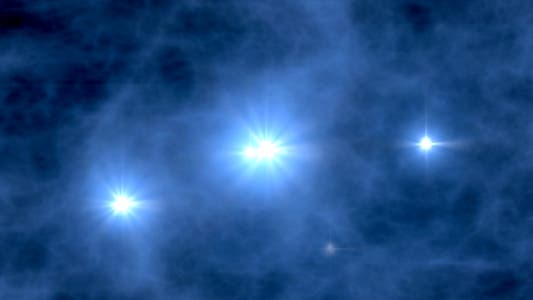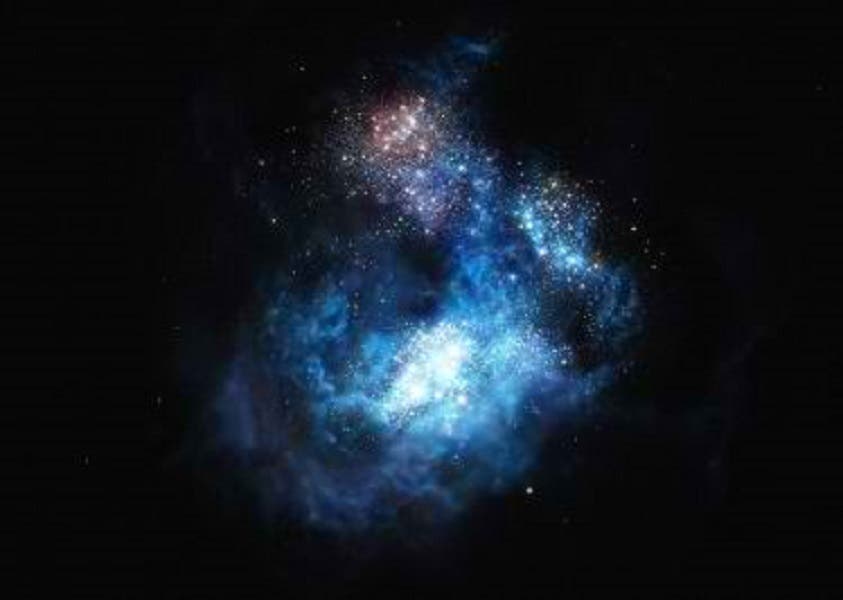Astronomers have discovered the oldest known stars lurking in a super-luminous galaxy – they may very well be among the very first objects that formed in the history of the Universe.

These stars — known as Population III stars — were created with primordial material from the Big Bang from hydrogen and helium, with only traces of lithium. Until recently, Population III stars were only discussed theoretically, but in recent years, astronomers have uncovered several, confirming their existence. What’s interesting about these ones is not only that they are extremely old, but that they are found in a very luminous part of the universe, whereas the theory claimed that they should be in faint, blue galaxies. This may provide even more valuable clues regarding their birth – as well as the birth of the Universe.
“We may be witnessing, for the first time, direct evidence for the occurrence of waves of PopIII-like star formation which could happen from an original star cluster outwards (resulting from strong feedback which can delay PopIII star formation),” the researchers reported.

(Photo : ESO/M. Kornmesser)
The discovery was made by researchers from Portugal, who didn’t hesitate to give a nod to their favorite football player, Cristiano Ronaldo (often nicknamed CR7).
“The discovery challenged our expectations from the start, as we didn’t expect to find such a bright galaxy,” Dr. David Sobral, an astrophysicist at the University of Lisbon in Portugal and leader of the team of astronomers who made the discovery, said in a written statement. “Then, by unveiling the nature of CR7 piece by piece, we understood that not only had we found by far the most luminous distant galaxy, but also started to realize that it had every single characteristic expected of Population III stars.”
The finding also seems to confirm that the much newer Population I and Population II stars were built on the corpses of much older stars, which had a very reduced lifespan of a few million years, compared to current stars, which generally live for billions of years.
Scientists were also very eager to uncover Pop III stars, because they basically consisted only of hydrogen and helium, and they created all the other elements we see around us today.
“I have always wondered where we came from,” Jorryt Matthee, a Ph.D. student at Leyden University in the Netherlands and one of the astronomers involved in the discovery, said in the statement. “Even as a child I wanted to know where the elements come from: the calcium in my bones, the carbon in my muscles, the iron in my blood…With this discovery, remarkably, we are starting to actually see such objects for the first time.”
Journal References.


